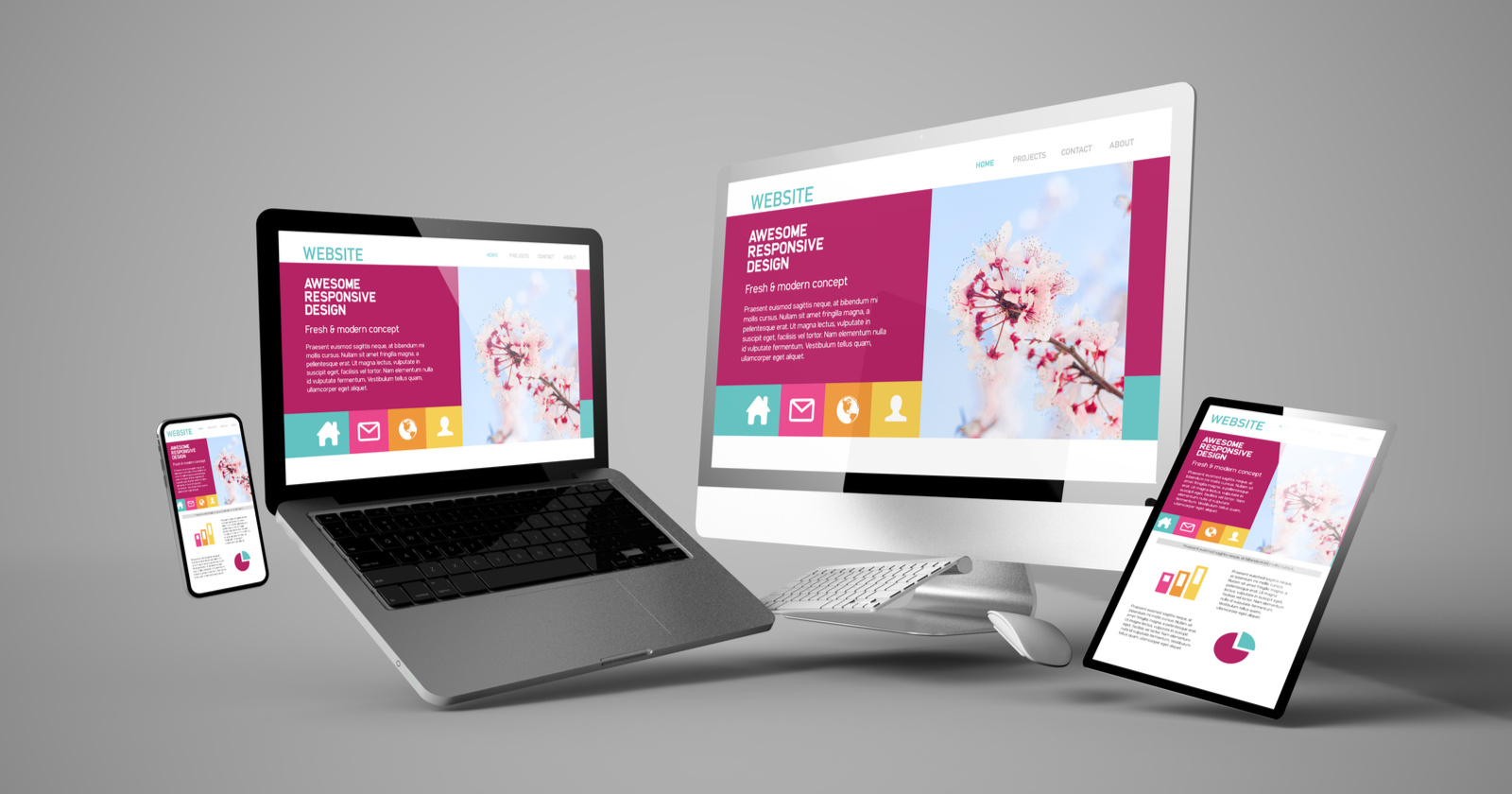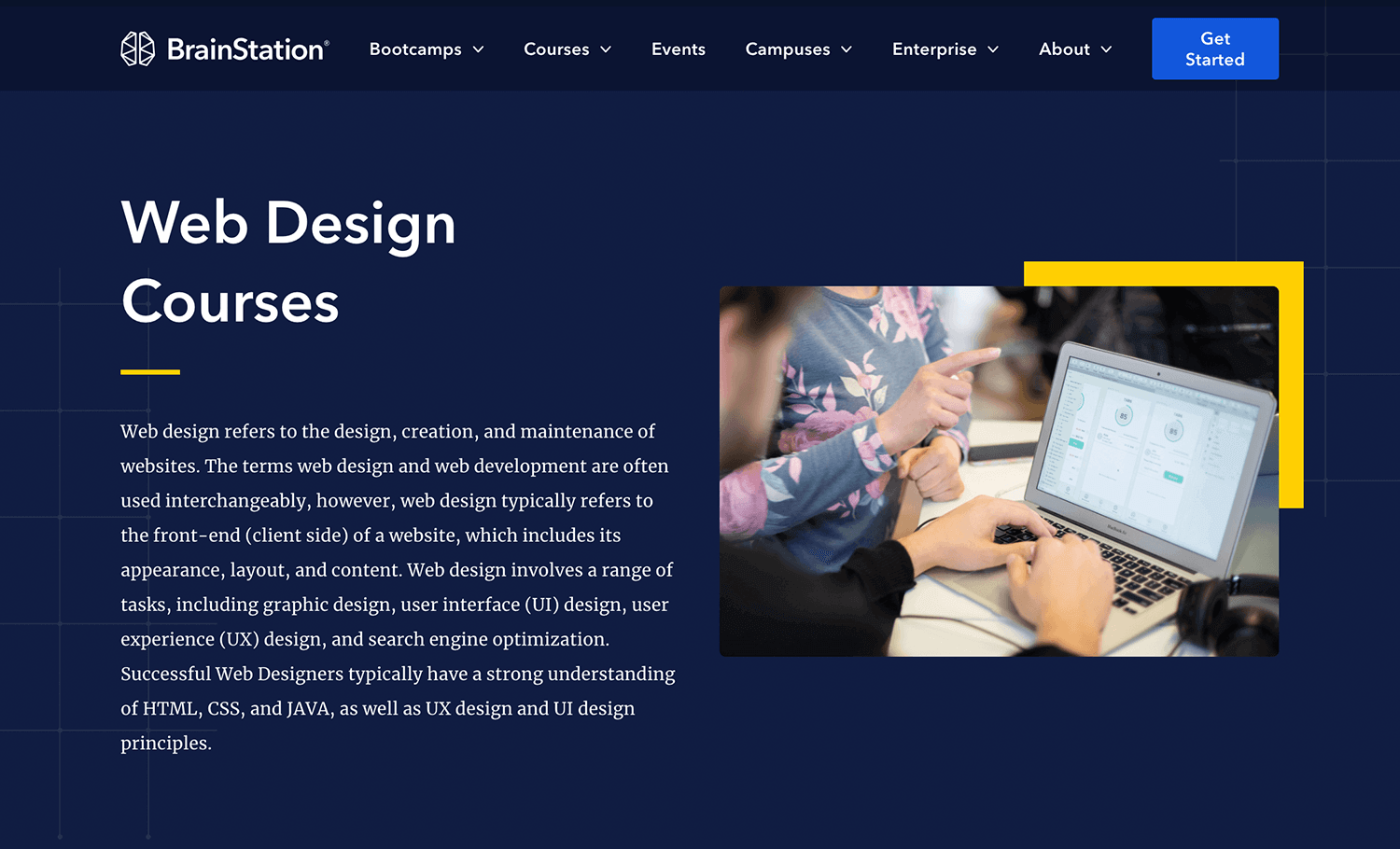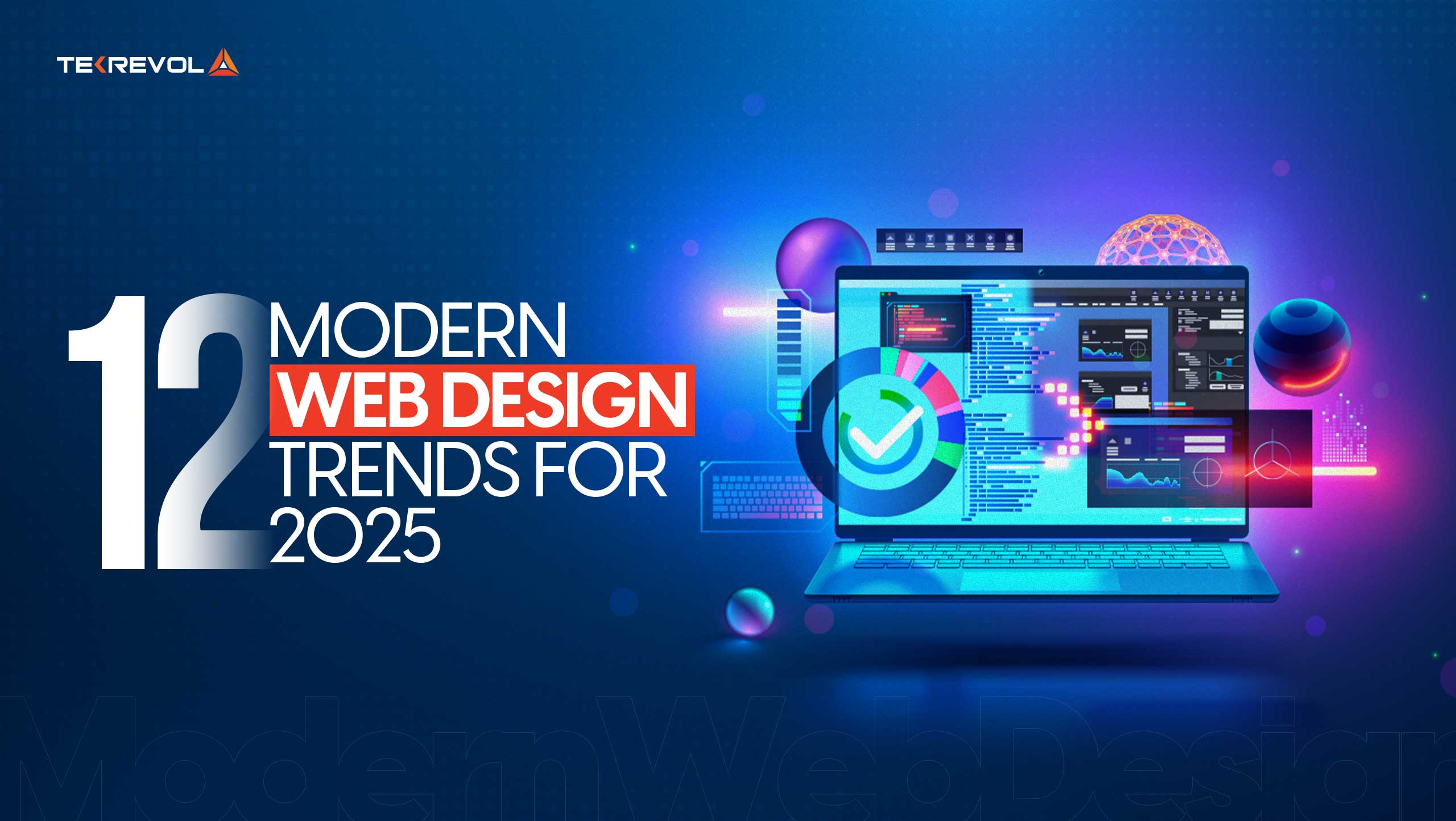How to Boost Customer Experience With Strategic Web Design
In the world of digital development, user experience (UX) has actually ended up being the linchpin of effective internet design. A strategic, user-centered approach, stressing visual consistency, instinctive formats, and receptive style, can substantially boost a website's use and charm. As we explore these concepts carefully, the significance of integrating individual feedback and the role of UX in customer retention will additionally be taken a look at, inviting a deeper understanding of this critical element of website design.
Recognizing the Significance of Customer Experience in Web Style
The significance of website design lies not simply in aesthetic appeals, but essentially in the user experience it uses. Customer experience, or UX, refers to the general experience an individual has while communicating with an internet site or web application, especially in regards to how comfy and satisfying it is to utilize (Web Design In Guildford). It is a crucial aspect of website design, as it directly influences the customers' impressions, actions, and general interaction with the web site
A properly designed website with a poor individual experience is similar to a gorgeous structure with an inadequately intended inside; it may look appealing on the surface, however it stops working to offer its desired objective effectively. It may deter users from remaining on the web site, causing high bounce prices, reduced customer involvement, and inevitably, failure to achieve the site's objectives. This highlights the value of incorporating customer experience into the internet layout process right from the beginning.
Using User-Centered Layout Principles
The application of user-centered layout principles starts with understanding individual behavior. This understanding develops the basis for creating an efficient interface design. These 2 crucial elements, when skillfully incorporated, cause an improved individual experience on any kind of internet site.

Recognizing Customer Behavior
Why do users act the way they do on internet sites? Individual behavior is determined by a wide range of factors, principal among them being their details requirements and choices, prior on the internet experiences, and overall internet savviness. The design of the internet site likewise plays a significant duty. A clean, instinctive layout can lead users to act in a certain means, such as leading them toward details actions or details. Conversely, a complex or cluttered layout can discourage communication and lead to high bounce rates. Recognizing individual actions involves examining and analyzing these fads and patterns. Using this understanding, web designers can develop much more reliable, easy to use websites that satisfy the demands of their audience, consequently boosting user experience.
Efficient User Interface Design

Leveraging Receptive Layout for Optimal Viewing
Progressing in the discourse, the attention now changes to the significance of leveraging receptive design for optimum watching. This entails exploring the procedure of implementing responsive website design and understanding its impact on customer experience. The following discussion aims to elucidate the benefits of optimum viewing and exactly how responsive design promotes it.
Executing Receptive Website Design
Taking advantage of the power of responsive web design is an important step in the direction of enhancing user experience. These components combined develop a receptive web design that readjusts to the individual's requirements. While the process might seem complex, the outcome is a much more easily accessible and user-friendly website, significantly boosting check over here the individual experience.
Benefits of Optimum Viewing

Furthermore, receptive layout can lead to improved SEO rankings, as internet search engine favor sites that cater to several gadgets. It can decrease bounce rates and enhance conversion prices as individuals are much less most likely to desert websites that are easy to navigate. Therefore, ideal watching can considerably boost individual experience, making it a crucial element of critical internet layout.
Including Easy Navigating and Intuitive Layouts
Reduce and instinct in website navigating create the bedrock of customer satisfaction. If users battle to find what they are searching for, they are likely to desert the internet site and look for options. As a result, a strategic web design need to integrate clear, easy-to-follow navigating and an instinctive layout. This can be accomplished by organizing information in a hierarchical structure, with the most vital areas prominently included.
Straightforward navigating menus, breadcrumb tracks, and clickable buttons lead individuals through the web site effortlessly. Uniformity in style elements throughout pages also contributes to instinctive navigating. Putting the search bar or the purchasing cart icon in the very same spot on every page permits users to situate these features swiftly.
Furthermore, an user-friendly layout is one that prepares for user needs. It positions elements and info where customers expect them to be. This reduces the cognitive tons on users, boosting their overall experience on the internet site.
The Role of Visual Layout in User Experience
While the structure and format of a site are considerable for individual experience, the aesthetic layout plays a similarly vital function. A cluttered or inconsistent aesthetic layout can confuse customers and lead to an adverse individual experience. Internet designers must purposefully use aesthetic design components to produce a instinctive and harmonious individual interface that enhances the overall user experience.
Instance Researches: Successful User Experience Layout at work
Regardless of the academic expertise on customer experience layout, this hyperlink it gains actual worth when used in sensible circumstances. Airbnb, an international on-line industry, efficiently improved their individual experience by upgrading their site.
The results were a significant rise in mobile web traffic and individual engagement, demonstrating the efficiency of critical web layout in boosting individual experience. These case studies reveal that sensible application of user experience layout can produce considerable advantages.
Verdict
In verdict, strategic website design is a vital device in enhancing individual experience. By using user-centric design concepts, leveraging receptive design, integrating instinctive navigation and designs, and harnessing the power of visual layout, businesses can produce internet sites that are engaging and satisfying for users. Effective web style, showcased via various successful study, significantly boosts customer involvement and retention rates, showing its vital duty in digital success.
As we explore these principles in detail, the relevance of incorporating customer feedback and the role of UX in individual retention will likewise be taken a look at, welcoming a much deeper understanding of this critical aspect of web design.
It may discourage individuals from staying on the web site, leading to high bounce prices, reduced individual interaction, and inevitably, failing to attain the internet site's goals. A cluttered or inconsistent visual design can lead and puzzle customers to a negative individual experience. Web designers need to purposefully use visual design components to create a user-friendly and harmonious customer interface that boosts the total user experience. The results were a considerable boost in mobile web traffic and user involvement, showing the effectiveness of calculated web design in boosting individual experience.